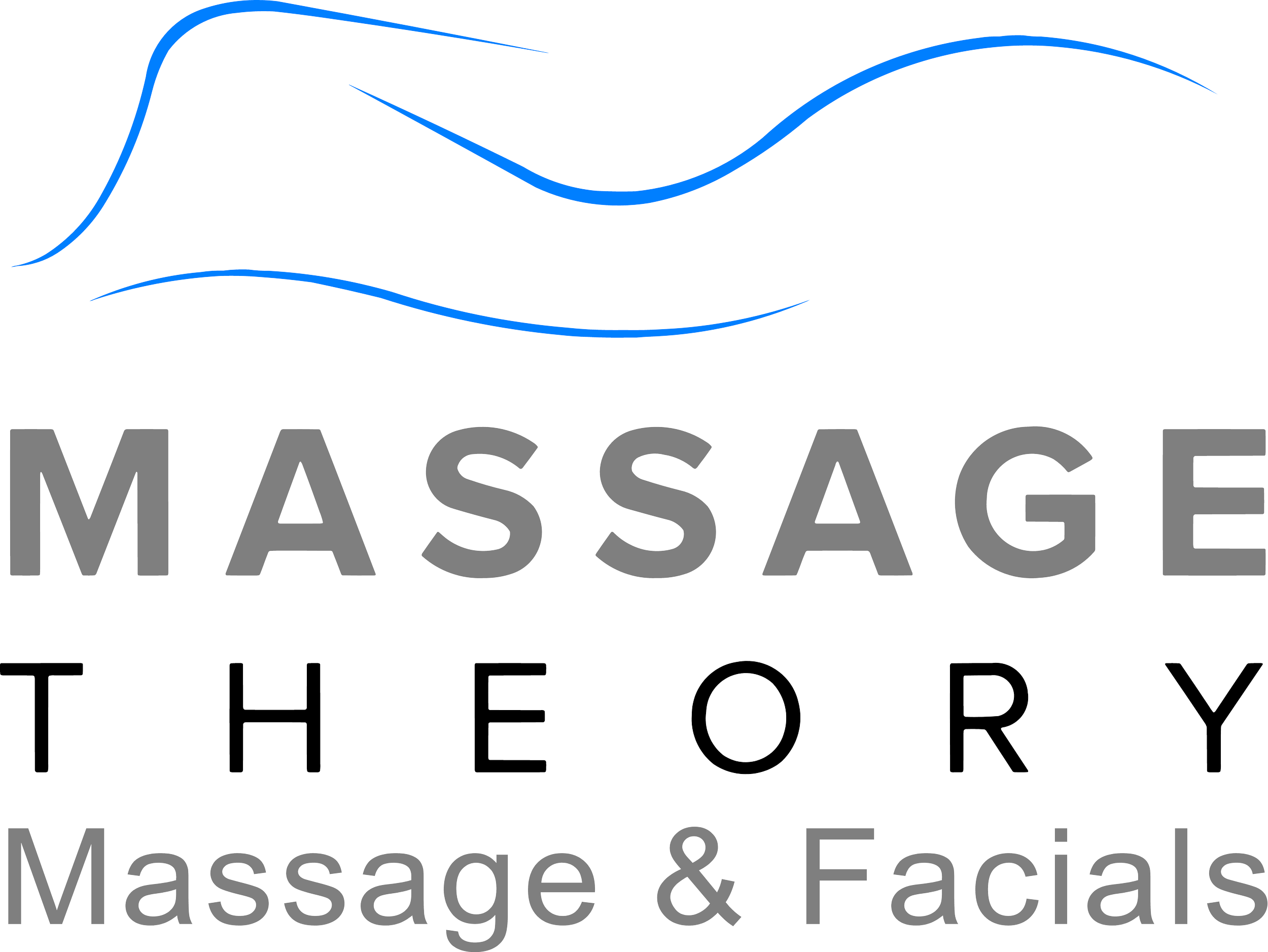The Role of Massage in Sports Performance and Recovery: Enhancing Athletic Outcomes
Massage therapy has emerged as a crucial element in the world of sports, playing a significant role in an athlete's performance and recovery. When you engage in any form of intense physical exercise, your body undergoes stress and muscle fatigue that can hinder performance and prolong recovery. Incorporating massage into your training regime can help mitigate these effects. Techniques like effleurage, petrissage, and deep transverse friction massage are employed to enhance your physiological readiness, potentially leading to improved athletic output and a more efficient recovery process.
The benefits of sports massage are multifaceted, offering you both physical and psychological advantages. Physiologically, massage may promote increased blood flow, reduce muscle tension, and enhance flexibility which, in turn, can aid in preventing injuries. Psychologically, the use of massage could improve your focus, decrease anxiety, and contribute to a state of mental readiness before competitions. By optimizing your recovery through targeted massage techniques, you can ensure that your body is prepared to handle the demands of your next performance with resilience and vigor.
Your journey to peak athletic performance is complex and demanding. Integrating sports massage into your training can provide a supportive mechanism to assist with the rigorous physical demands placed on your body. As you consider the various strategies to enhance your athletic capabilities, remember that recovery is as critical as your training sessions, and sports massage can serve as a valuable tool in your overall sports performance strategy.
Fundamentals of Sports Massage
Sports massage is a targeted therapy that can enhance your performance, expedite recovery, and alleviate muscle soreness. As an athlete or someone engaged in regular exercise, understanding the types, benefits, and applications of sports massage can be crucial for your physical and psychological well-being.
Types and Techniques
Sports massage incorporates various techniques tailored to an athlete's needs. Effleurage is a gentle, stroking movement used for warming up tissues. Petrissage involves kneading and compression to enhance circulation and muscle relaxation. Deep transverse friction massage (DTFM) targets specific tissues to alleviate adhesions and promote healing.
Innovative methods like automated massage and water-jet massage offer alternatives to traditional manual massage. Tools like foam rollers and vibration therapy devices facilitate soft tissue mobilization in a more accessible way, allowing for self-treatment that can complement hands-on therapies.
Physiological and Psychological Benefits
Sports massage therapy offers numerous physiological benefits such as improved muscle strength, increased flexibility, and enhanced limb blood flow. It can play a significant role in reducing muscle soreness and fatigue after intense exercise. Moreover, the psychological effects of massage, such as reduced stress and increased relaxation, contribute to your overall well-being, making it a holistic approach. The strategic manipulation of soft tissues can lead to both immediate and long-term performance improvements.
Pre-Event and Post-Exercise Application
Before an event, a sports massage can prepare your muscles by warming up and stretching the soft tissues, which might enhance your flexibility and reduce the risk of injury. Post-exercise, sports massage helps in cooling down, aids in the removal of waste products, and can speed up the recovery process.
It’s crucial for maintaining muscle health, preventing stiffness, and ensuring quicker restoration of muscle strength and vitality. Integrating massage into both pre-event and post-exercise routines could offer tangible benefits, supporting both your physiological and psychological readiness for peak performance and optimal recovery.
Role in Performance and Recovery
Massages in sports performance and recovery tailor specifically to your needs as an athlete by focusing on reducing muscle tension, enhancing circulation and increasing mobility, which can contribute to better performance and aid in faster recovery post-exercise.
Enhancing Athletic Performance
Massage therapy is utilized to potentially enhance your athletic performance. Techniques such as effleurage and petrissage may help in improving your circulation, which is beneficial prior to engaging in activities. For instance, enhanced blood flow can prepare the skeletal muscle for the intensity and duration of exercise, potentially improving endurance and contributing to more powerful sprint and jump performances. Regular massage may also increase your range of motion, a key factor in performing movements efficiently.
Recovery and Rehabilitation
After intense training or suffering from sports injuries, massage helps your body in the recovery process. Connective tissue massage supports the healing of tissues, while specific massage techniques are known to relieve pain associated with delayed onset muscle soreness (DOMS). As a part of sports rehabilitation, integrating massage can foster quicker muscle recovery, reduce muscle fatigue, and help prevent future athletic injuries by maintaining muscle and tissue health.
Scientific Evidence and Future Research
While personal endorsement of massage's efficacy is common, it's backed by a growing body of research. A systematic review suggests that massage may positively affect performance and recovery. Additionally, well-designed studies from databases like PubMed and NCBI NLM indicate potential benefits but also highlight the need for more randomized studies to develop evidence-based programs. Looking forward, identifying the specific impact of various massage methods on different sports-related outcomes, such as vertical jump height and injury prevention, remains a critical area for future research.
